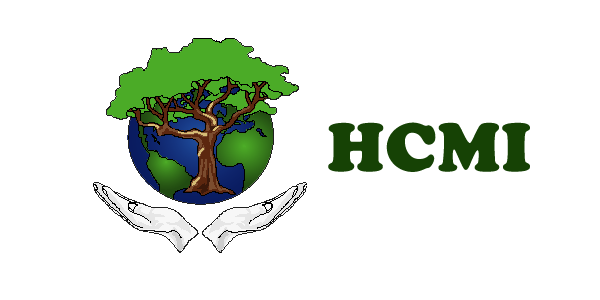 Cladosporium is a mold widely distributed in air and in rotten organic material usually associated with plants, wood products, and leather goods. It is frequently isolated as a contaminant on foods. Specific Cladosporium were isolated from fish and associated with findings of infection. Cladosporium is encountered in both outdoor and indoor air and is frequently found in elevated levels in water-damaged environments. Some species may be resistant to certain types of treated lumber. Cladosporium appears gray to black or very dark green and can have a powdery appearance. The genus Cladosporium includes over 30 species.
Cladosporium is a mold widely distributed in air and in rotten organic material usually associated with plants, wood products, and leather goods. It is frequently isolated as a contaminant on foods. Specific Cladosporium were isolated from fish and associated with findings of infection. Cladosporium is encountered in both outdoor and indoor air and is frequently found in elevated levels in water-damaged environments. Some species may be resistant to certain types of treated lumber. Cladosporium appears gray to black or very dark green and can have a powdery appearance. The genus Cladosporium includes over 30 species.
Because the spores are easily airborne, they are a common cause of respiratory problems, allergic reactions and can be an agent for hypersensitivity diseases. It is a parasite in infections of the skin, soft tissues or nails and has been documented in cases of Blastomycosis, Candidiasis, Chromoblastomycosis, Histoplasmosis, Entomophthoramycocis, Phaeophphomycocis and Keratomycosis.
Cladosporium has been shown to be a common cause of extrinsic asthma (immediate-type hypersensitivity: type I). Acute symptoms include edema and bronchi spasms; chronic cases may develop pulmonary emphysema.
